The World’s Most Impressive Man-Made Structures Still In Use Today
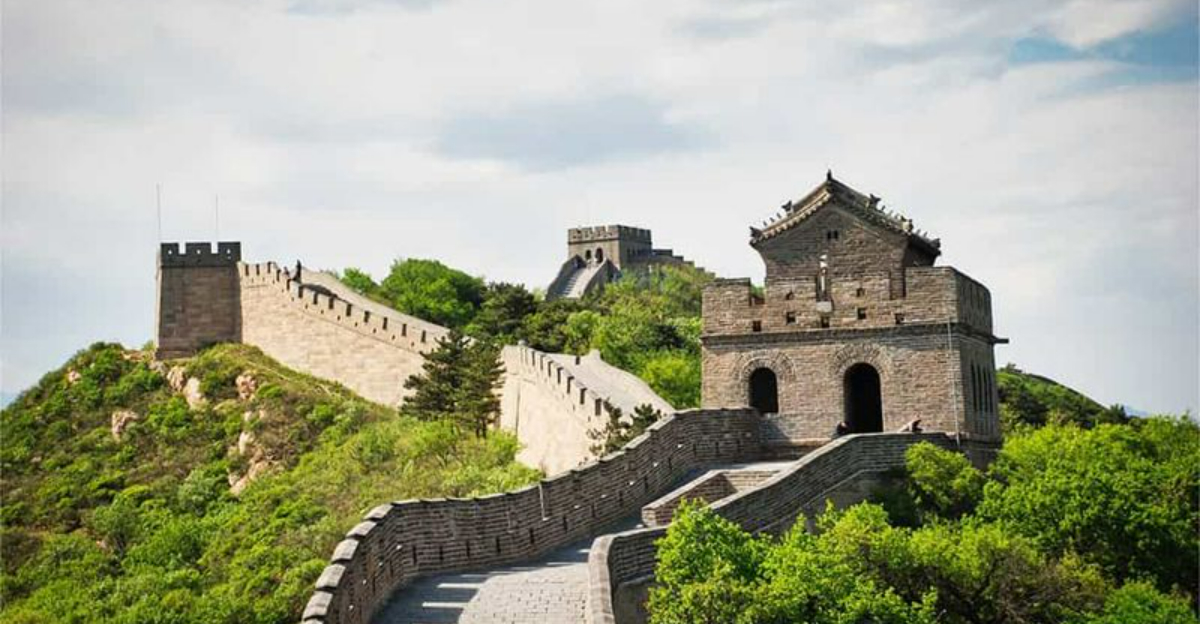
Throughout history, humans have created incredible structures that stand as testaments to our engineering prowess. From ancient wonders to modern marvels, these buildings continue to serve their purpose while amazing visitors with their scale and beauty.
I’ve gathered ten of the most jaw-dropping man-made structures that aren’t just historical monuments – they’re still functioning parts of our world today.
1. The Roman Colosseum’s Underground Chambers
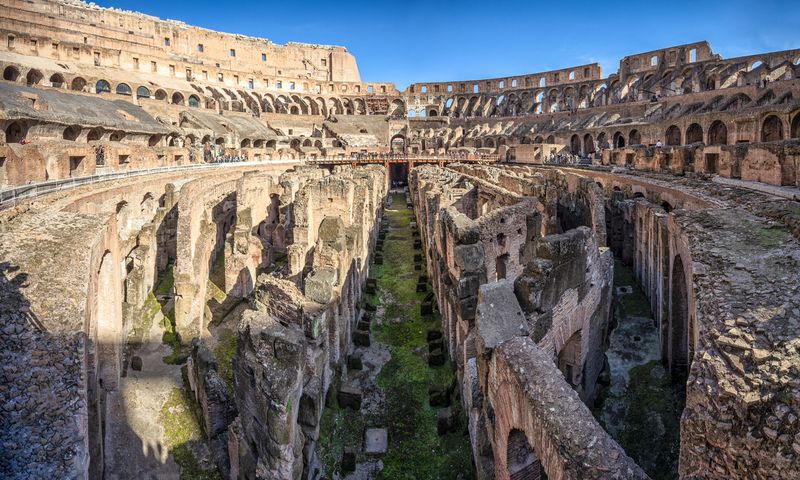
Hidden beneath the famous arena, the recently restored hypogeum (underground chambers) of Rome’s Colosseum now welcomes visitors. These ancient passages once housed gladiators and wild animals before they emerged to fight.
After extensive renovation work completed in 2021, tourists can now explore these 2,000-year-old tunnels. The restoration team carefully preserved original Roman engineering techniques, ensuring these spaces remain functional while offering a glimpse into the brutal entertainment of ancient Rome.
2. Pont du Gard Aqueduct
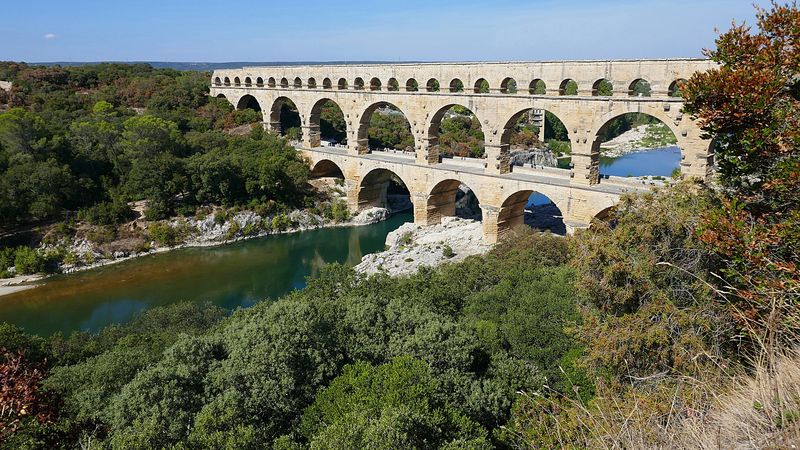
Imagine engineering so precise that a structure built without mortar still carries water after 2,000 years! The Pont du Gard in southern France stands as Rome’s highest aqueduct bridge, rising 160 feet above the Gardon River.
Its three tiers of arches continue to amaze engineers with their perfect mathematical proportions. Though no longer supplying water to Nîmes as originally intended, this UNESCO World Heritage site now serves as both a tourist attraction and a modern bridge for pedestrians crossing the river below.
3. The Pantheon’s Perfect Dome
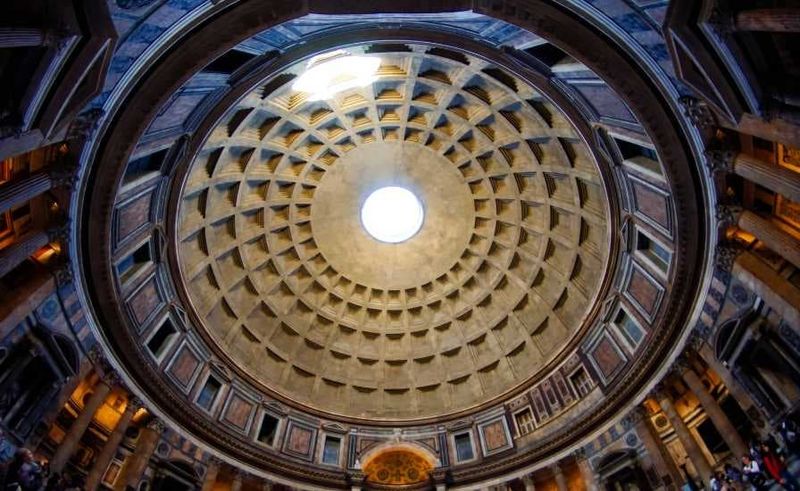
Rain falls through the oculus of Rome’s Pantheon today just as it did when Emperor Hadrian commissioned this architectural wonder nearly 1,900 years ago. Its concrete dome remains the world’s largest unreinforced concrete dome. What makes this structure truly remarkable is its continuous use.
After serving as a Roman temple, it became a Christian church in 609 AD and continues that function today. The perfect proportions of the interior—where the height equals the diameter—create a harmonious space that has inspired architects for centuries.
4. The Taj Mahal’s Optical Illusions
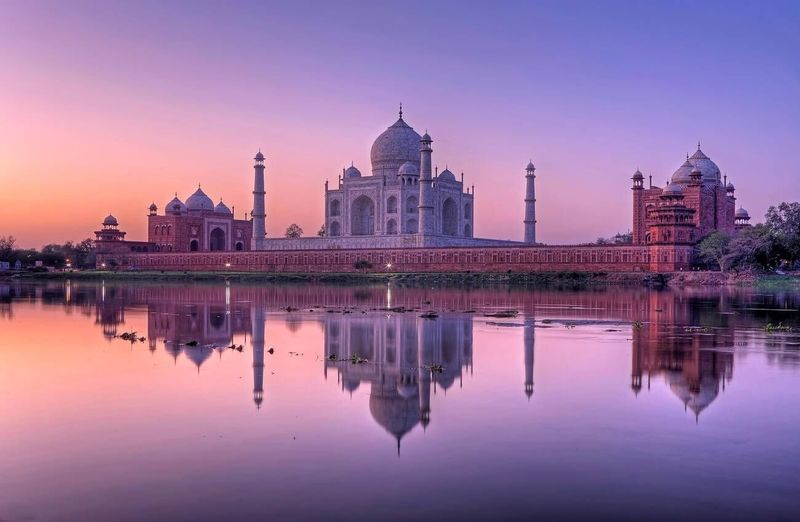
Did you know the Taj Mahal appears to change color throughout the day? This 17th-century marble mausoleum in Agra, India employs numerous optical illusions that continue to captivate visitors. Its four identical facades create perfect symmetry from any angle.
The minarets actually lean slightly outward—a deliberate design choice to ensure they would fall away from the main structure if damaged. Beyond serving as a tourist destination, the Taj maintains its original function as Shah Jahan’s tribute to his beloved wife Mumtaz Mahal.
5. Hagia Sophia’s Engineering Marvel
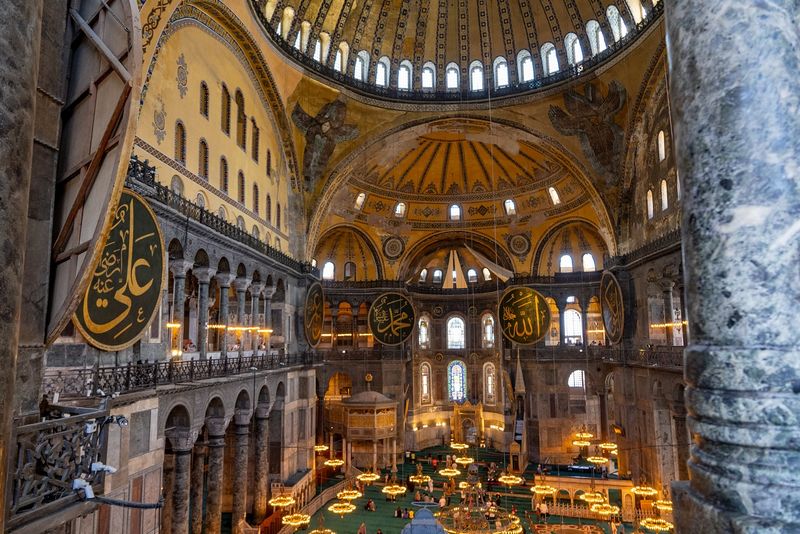
For nearly 1,500 years, the massive dome of Istanbul’s Hagia Sophia has defied gravity and earthquakes. When completed in 537 AD, its 102-foot diameter dome was an engineering breakthrough that seemed to float above the massive interior space.
Originally a Byzantine cathedral, then an Ottoman mosque, later a museum, and now functioning as a mosque again, this structure has continuously adapted to changing times.
Its unique blend of Christian and Islamic elements reflects Istanbul’s position bridging East and West, with ancient mosaics and massive Islamic calligraphy medallions coexisting under one spectacular roof.
6. Panama Canal’s Lock System
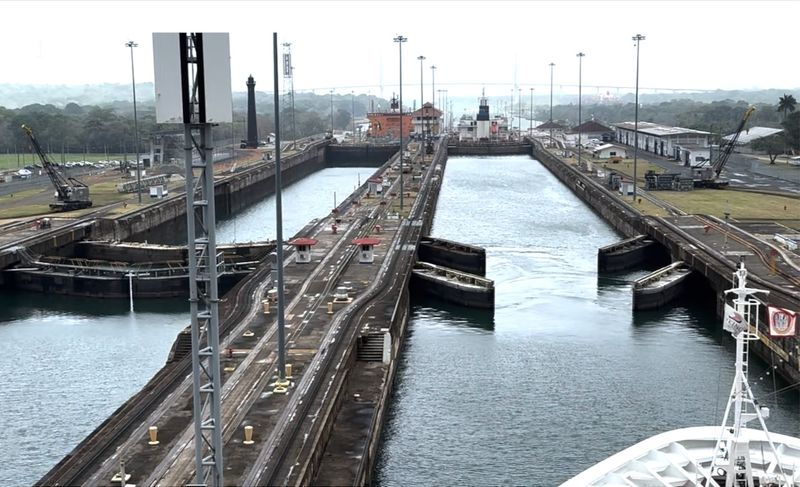
Every day, massive ships rise and fall through the Panama Canal’s ingenious lock system without using a single pump. Completed in 1914 and expanded in 2016, this engineering marvel uses gravity-fed water from Gatun Lake to raise vessels 85 feet above sea level.
The original locks still function perfectly after more than a century of continuous use. Each lock chamber requires approximately 52 million gallons of water to fill, yet the system operates with remarkable efficiency. Ships sailing between the Atlantic and Pacific save nearly 8,000 miles compared to rounding South America.
7. Millau Viaduct’s Cloud-Piercing Towers

Have you ever driven through clouds? Motorists crossing France’s Millau Viaduct often experience this surreal sensation as they travel across the world’s tallest bridge. Completed in 2004, this cable-stayed marvel soars 1,125 feet above the Tarn Valley—taller than the Eiffel Tower.
Despite its delicate appearance, the bridge carries thousands of vehicles daily on the A75 highway. Its seven slender pylons and streamlined deck were designed to withstand winds exceeding 130 mph. The structure’s elegant design by architect Norman Foster harmonizes with the surrounding landscape rather than dominating it.
8. The Great Wall of China

Would you believe parts of this massive defensive structure are over 2,000 years old? The Great Wall stretches approximately 13,171 miles across northern China, with many sections still intact and walkable.
Millions of tourists trek along its ancient stones each year, marveling at how it snakes across mountains and valleys. The wall wasn’t just built for defense – it served as a transportation corridor and trade route that helped unify China.
9. The Tokyo Skytree’s Earthquake Defiance

At the core of the world’s tallest broadcasting tower lies an ancient Japanese secret. The Tokyo Skytree, standing 2,080 feet tall, incorporates a central column inspired by the traditional wooden pagodas that have withstood earthquakes for centuries.
This core “shinbashira” acts like a counterweight, moving independently from the outer structure during seismic events. Since opening in 2012, this broadcasting tower has become an essential part of Japan’s communications infrastructure while welcoming millions of visitors to its observation decks.
Its distinctive lattice design reduces wind resistance while creating a stunning nighttime light display.
10. The Brooklyn Bridge’s Hidden Rooms
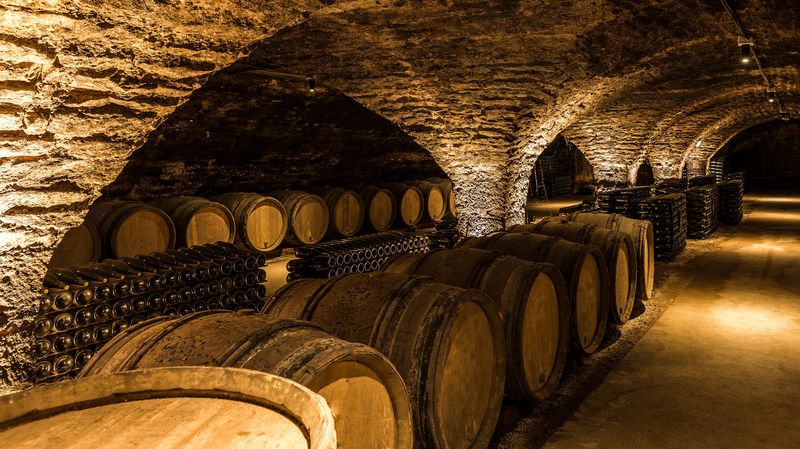
Few of the thousands crossing New York’s Brooklyn Bridge daily realize they’re walking above massive hidden vaults. These secret chambers, built into the bridge’s anchorages, once housed wine cellars that helped fund construction.
Completed in 1883, this suspension bridge continues to carry approximately 150,000 vehicles and pedestrians daily between Manhattan and Brooklyn. Its pioneering use of steel cables and caissons revolutionized bridge construction worldwide.
The bridge has survived hurricanes, blizzards, and increasing traffic loads while maintaining its iconic status in the New York skyline.
